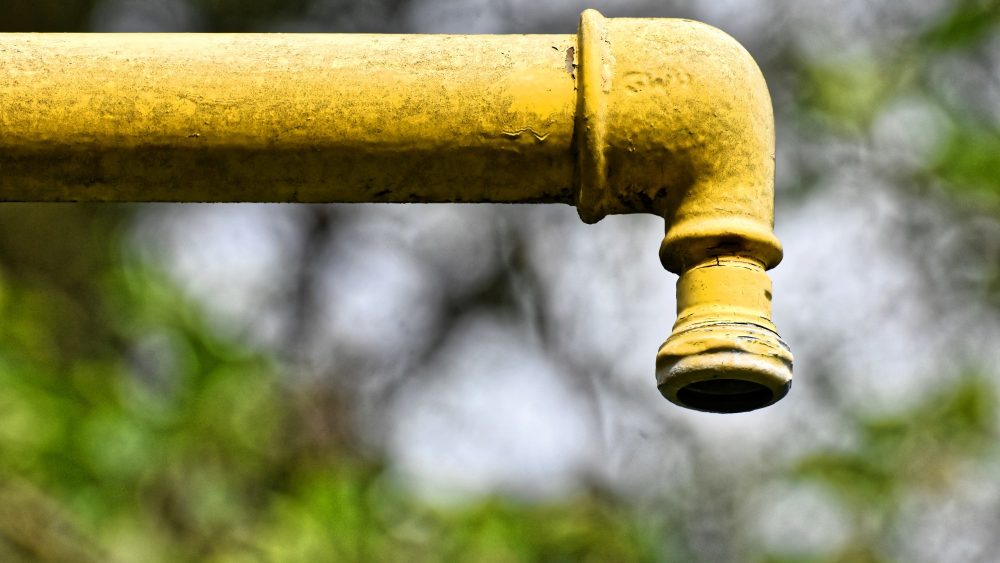Each day, 850 main water lines break.
The prospect of a water main replacement can be a dizzying hurdle. Yet, if you own any property, the likelihood of dealing with this task is high. According to a study by USU’s Buried Structures Laboratory, main water line breaks are up 27% in the past six years.
Please note, if you’re noticing a stench around the home or clogged drains, it might be a sign you need sewer line repair, not a water main repair.
When underground water line repair work is needed, a careful plan is essential. Even the smallest of mistakes can lead to a costly disaster.
1. Test for the Leak
The first step should be testing if there is a leak in the line, and if so, determining its exact location. This detail will immediately inform you of the scope of work you’re looking at. You’re either looking at replacing a small section of the pipe, or the entire length.
2. Locate All Underground Lines
Before any digging occurs, all underground lines must be found and marked out.
Many cities bury their utility lines. These lines can be large and complex. It’s important to take every precaution in avoiding damage to these lines. The repair costs and fines can be substantial.
The 811 service is a free resource available everywhere in the United States. They will mark the locations of all underground utilities at no expense to you. Not only will this help you avoid potentially damaging a utility pipe, but it’ll also assist you in locating the exact route of your water supply pipe.
3. Excavate Access Points and Dig a Trench
Once you or a hired professional know where it’s safe to break earth, it’s time to dig.
First, the two main access points will need to be excavated. Both the water main at the street and the spot where the pipe links to the house must be uncovered.
From there, a trench connects the two sites. The trench should unearth the existing pipe.
4. At Last, Replacing the Main Water Line
Once all old piping is removed, the new PVC pipe is placed down into the trench. Connectors and PVC glue are needed between each bit of piping for the main water line replacement. Finally, the new pipe will be attached to the water main at the street and the house with fittings.
5. Double-Check the Work
The final step in the process will involve turning on the water at the main and checking to see if any leaks occur.
If everything goes smoothly, the trench is filled in and the job is complete!
Don’t Let Water Main Replacement Work Get You Down
Only a certified professional will know the true scope of the problem plaguing your water line. Allowing a professional to do the work will save you a whole lot of headaches upfront. But not only that, you’ll also get peace of mind knowing you’ll receive quality work right the first time.
If you’re in dire need of a water main replacement, skip the stress and consider contacting a professional.

